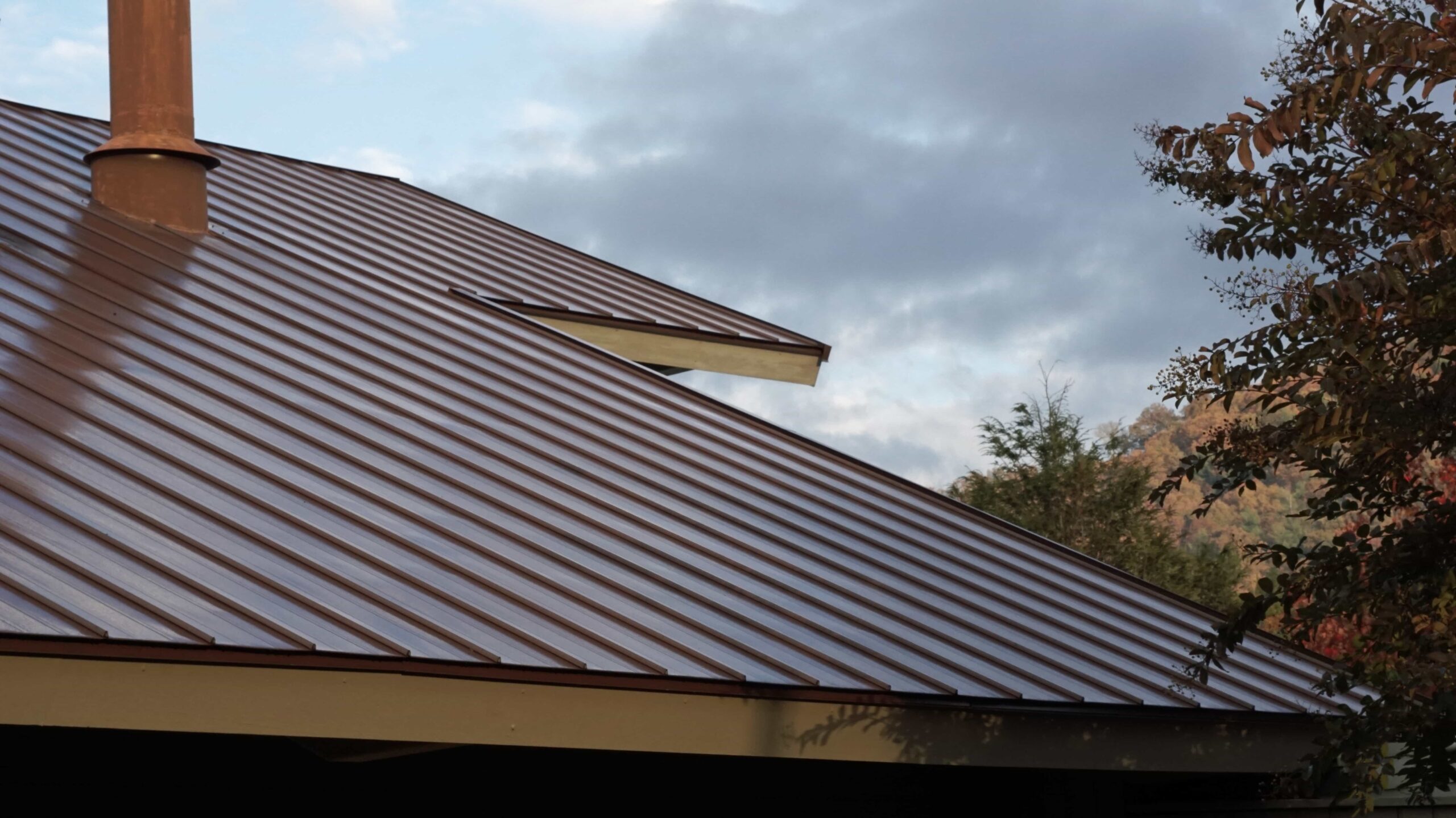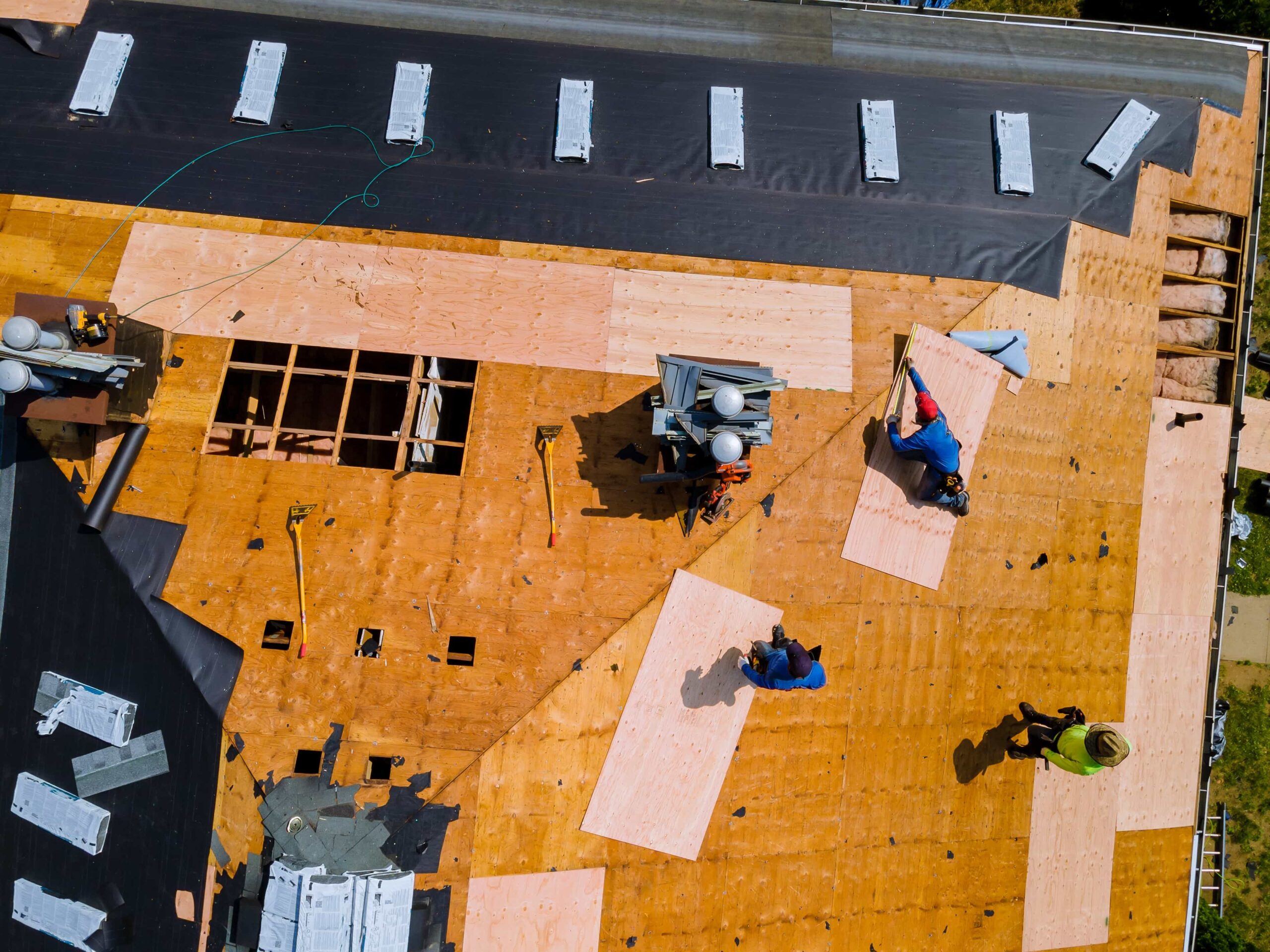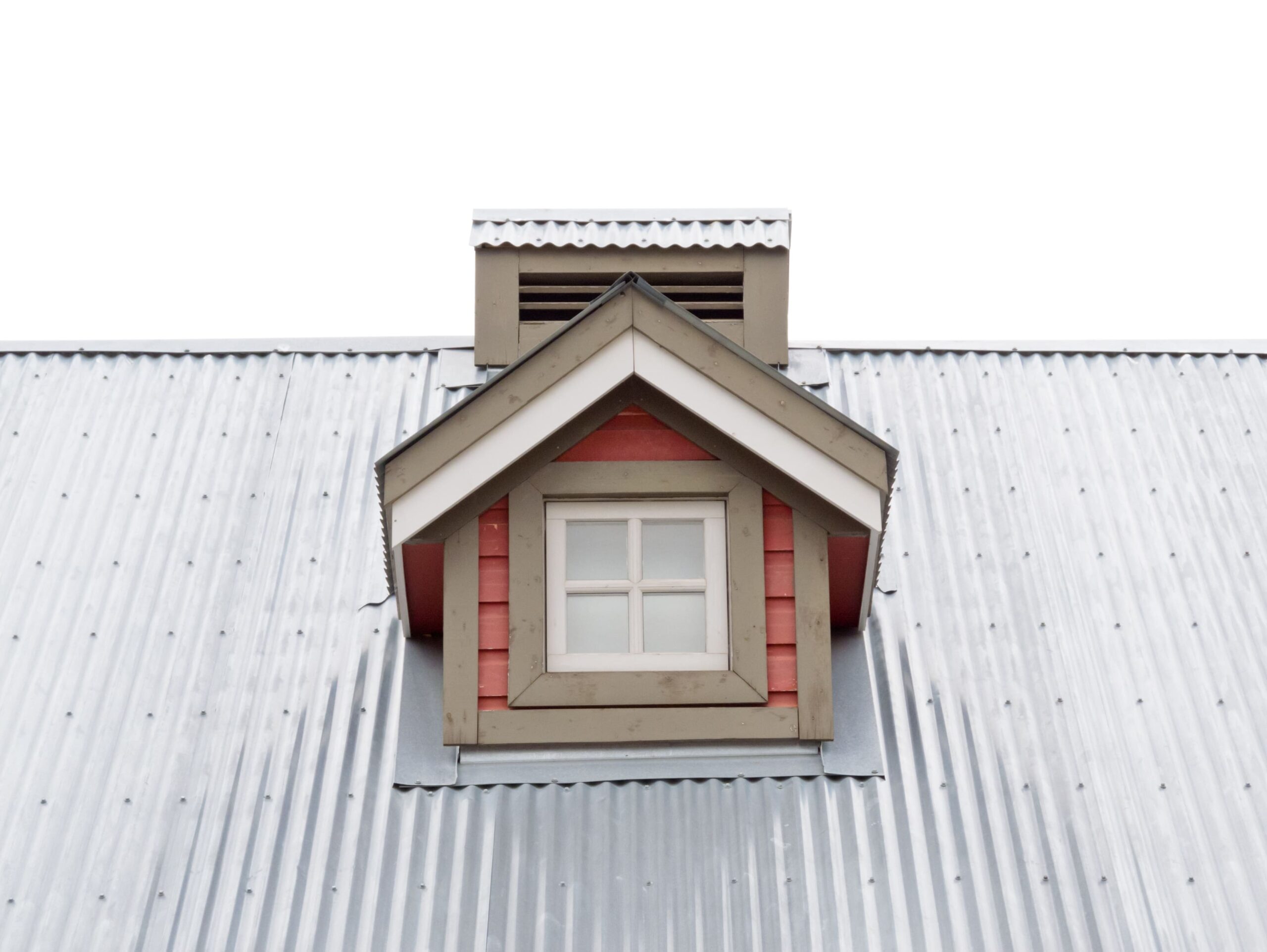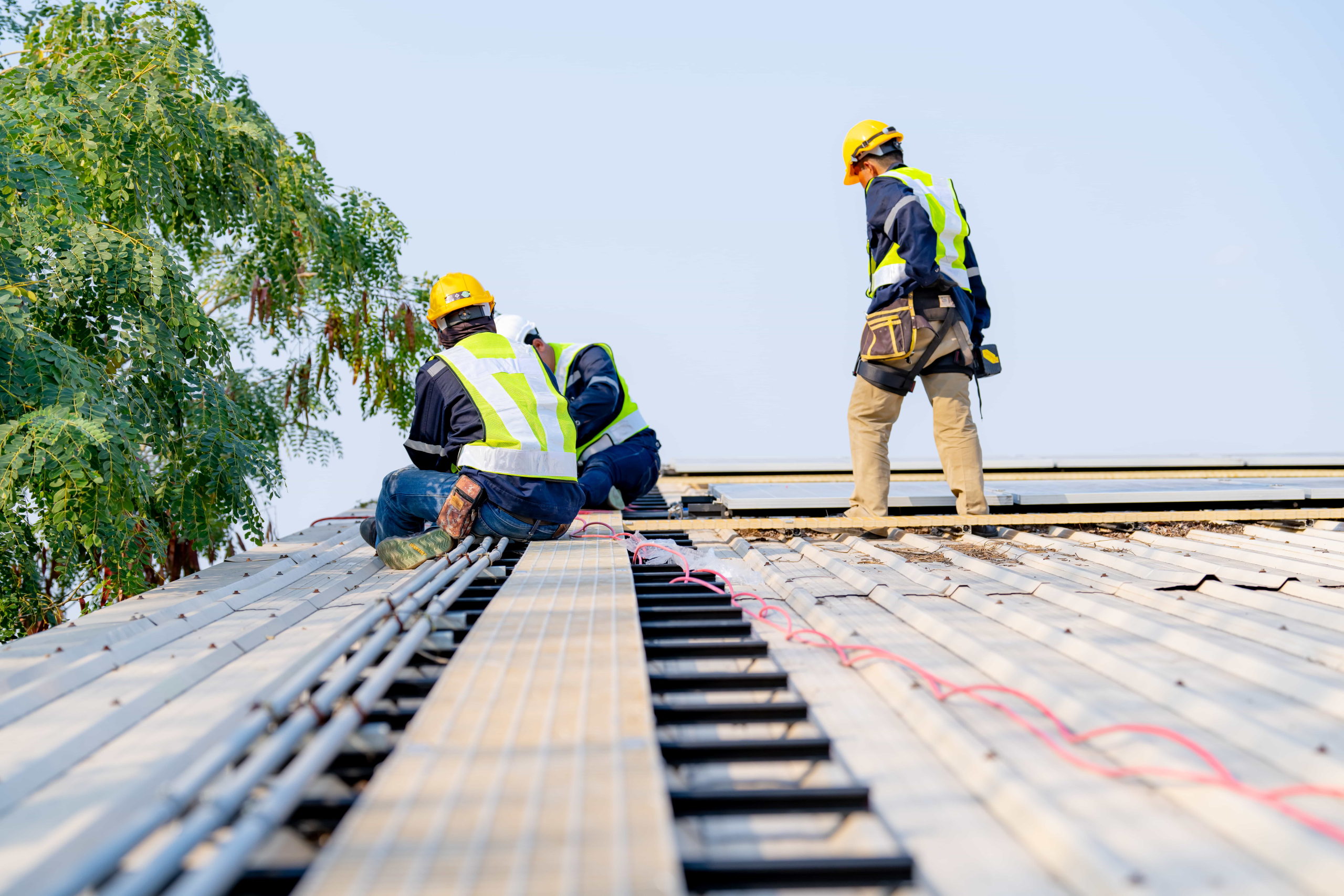Can High Heat Warp Your Roof?
Have you noticed your shingles looking wavy or curled after those brutal Texas summer days? With temperatures climbing to mid-90s and beyond, many homeowners wonder if extreme heat can warp their roof. The answer is yes, and it happens more frequently than you might think. When roof surfaces reach temperatures over 150°F during intense summer heat, your roofing materials undergo significant stress that can lead to permanent damage.
According to the U.S. Department of Energy, conventional roofs can reach temperatures of 150°F or more on a sunny summer afternoon, creating conditions that accelerate material breakdown and structural stress.
Roof warping in heat occurs through thermal expansion and contraction cycles that stress materials beyond their limits. As temperatures soar well above 100°F, asphalt shingles soften and become pliable, causing them to warp, blister, or curl at the edges.
Metal roofing systems expand dramatically during the day and contract at night, creating stress on fasteners and seams. Even the most durable materials, like clay tiles, can crack under extreme thermal stress. Understanding these heat-related problems helps protect your investment and prevents costly repairs down the road.
How Extreme Heat Damages Your Roof
The Texas climate creates perfect conditions for roof warping in heat damage. When outdoor temperatures exceed 100°F, your roof surface can reach temperatures between 150°F to 185°F, depending on the material and color.
- Asphalt shingles soften and become pliable under intense heat, causing them to warp out of shape.
- UV radiation breaks down the protective granule layer, making shingles brittle and prone to cracking.
- Metal roofing expands up to 6 inches on a 100-foot section during extreme heat cycles.
- Thermal shock occurs when materials undergo rapid temperature changes between day and night.
This thermal stress doesn’t just affect surface materials. The constant expansion and contraction weakens the structural integrity of your entire roofing system. Fasteners loosen, seams separate, and underlayment deteriorates faster than normal. Research shows that prolonged heat exposure can shorten roof lifespan by several years compared to roofs in milder climates.
Why Shingle Curling Summer Heat Is So Destructive
Shingle curling summer conditions create the most visible signs of heat damage. When temperatures consistently exceed 95°F, asphalt shingles lose their flexibility and begin to curl upward at the edges. Temps are climbing to mid-90s, and homeowners are curious how this impacts roof lifespan and insurance claims. The reality is that thermal damage significantly reduces your roof’s expected lifespan and creates complications for insurance coverage.
- Curling edges expose the underlayment to direct sunlight and moisture infiltration.
- Warped shingles create gaps in your roof’s protective barrier, allowing water penetration.
- Buckled sections indicate serious structural movement that requires immediate attention.
- Blistering occurs when trapped moisture vaporizes under intense heat.
The problem intensifies because shingle curling summer damage compounds over time. Each heat cycle weakens the material further, and what starts as minor curling can progress to complete shingle failure.
Studies indicate that shingles experiencing regular thermal stress lose up to 30% of their expected lifespan. Insurance companies often scrutinize heat-related damage claims, requiring detailed documentation of thermal stress versus normal wear and tear. Professional roofing maintenance becomes essential to catch these issues early and maintain proper documentation for potential claims.
The Texas Heat Challenge
Texas presents unique challenges for roofing systems. The combination of high temperatures, intense UV radiation, and humidity creates the perfect storm for roof warping in heat problems.
- Sustained temperatures above 100°F for weeks at a time accelerate material breakdown.
- Rapid temperature swings between 105°F days and 75°F nights stress materials repeatedly.
- High humidity levels trap moisture under roofing materials, promoting rot and mold.
- Intense UV radiation at Texas latitudes degrades protective coatings faster.
A qualified Texas roofing contractor understands these specific challenges. Research shows that Texas roofs experience thermal expansion rates 40% higher than northern climates. This means your roof literally moves more during summer months, creating stress points that lead to premature failure. Expert residential roofing services help homeowners navigate these climate-specific challenges effectively.
Warning Signs of Heat Damage
Recognizing early warning signs helps prevent minor issues from becoming major problems. Heat damage often develops gradually, making regular inspections crucial for Texas homeowners.
- Granule loss in gutters indicates shingle deterioration from UV exposure.
- Sagging roof sections suggest structural damage from prolonged heat stress.
- Cracked or split shingles show material brittleness from thermal cycling.
- Exposed nail heads indicate fastener movement from thermal expansion.
Any roofing contractor in Texas will tell you that catching these issues early saves thousands in repair costs. Studies show that addressing heat damage within the first season prevents 80% of major structural problems. Professional roof inspections provide detailed assessments of thermal damage and preventive solutions.
Prevention Strategies That Work
Protecting your roof from heat damage requires proactive measures. Modern roofing technology offers several solutions to minimize thermal stress and extend roof life.
- Proper attic ventilation reduces surface temperatures by up to 30°F.
- Reflective roof coatings can lower surface temperatures by 50°F or more.
- Regular maintenance catches small problems before they become major issues.
- Quality materials from certified manufacturers resist thermal stress better.
Working with an experienced Texas roofing contractor ensures proper installation and material selection. Professional contractors understand local climate challenges and can recommend solutions that perform well in extreme heat conditions. Specialty roofing options include heat-resistant materials specifically designed for Texas climates.
Professional Solutions for Heat-Damaged Roofs
When heat damage occurs, prompt professional intervention prevents further deterioration. Expert roofing contractor in Texas services include comprehensive damage assessment and targeted repair strategies.
- Thermal barrier installations reduce heat transfer to underlying structures.
- Specialized fasteners designed for thermal movement prevent loosening.
- High-performance underlayment provides additional protection during extreme weather.
- Cool roofing materials reflect more sunlight and absorb less heat.
The key is addressing shingle curling summer damage before it compromises your home’s protection. Professional contractors have the tools and experience to evaluate thermal damage accurately and recommend appropriate solutions. Emergency roofing services provide immediate response when heat damage creates urgent repair needs.
Regional Expertise Matters
Different areas of Texas face varying degrees of heat-related roofing challenges. Understanding regional climate patterns helps contractors provide targeted solutions for specific locations.
- Dallas area roofing faces urban heat island effects that intensify temperature stress.
- Austin roofing services deal with high humidity combined with extreme heat.
- San Antonio roofing experiences some of the longest sustained heat periods in Texas.
- Fort Worth roofing contractors handle rapid temperature fluctuations and severe weather.
Local expertise ensures that roofing solutions address specific climate challenges in your area. Regional contractors understand how local weather patterns affect different roofing materials and can recommend the most effective protection strategies. Commercial roofing projects require even more specialized knowledge due to larger surface areas and different thermal dynamics.
Material Selection for Heat Resistance
Choosing the right roofing materials significantly impacts how well your roof withstands extreme heat. Modern materials offer improved thermal performance compared to traditional options.
- Stone-coated metal roofing provides excellent heat reflection and durability.
- Cool-roof shingles incorporate reflective granules that reduce heat absorption.
- Membrane roofing systems offer superior thermal stability for flat applications.
- Proper insulation systems reduce heat transfer and improve energy efficiency.
Working with experienced contractors ensures proper material selection for your specific needs. Stone coated metal roofing offers exceptional performance in extreme heat conditions while maintaining aesthetic appeal. Professional installation maximizes material performance and longevity.
Protect Your Investment Before It’s Too Late
Understanding how high heat warps your roof helps you take preventive action. With Texas temperatures consistently pushing into dangerous territory for roofing materials, proactive maintenance becomes essential. Regular inspections, proper ventilation, and quality materials form the foundation of effective heat protection.
Don’t wait until shingle curling summer damage becomes a major problem. Excel CG brings over 26 years of experience helping Texas homeowners protect their roofs from extreme heat. Our certified professionals understand the unique challenges of Texas climate and use proven solutions to prevent heat damage.
We serve 13 divisions across Texas with an A+ BBB rating and 17+ industry certifications. From McKinney to Amarillo, our local expertise ensures your roof receives the protection it needs. Contact Excel CG today for a comprehensive roof inspection and protect your home from the next heatwave.
Have you noticed your shingles looking wavy or curled after those brutal Texas summer days? With temperatures climbing to mid-90s and beyond, many homeowners wonder if extreme heat can warp their roof. The answer is yes, and it happens more frequently than you might think. When roof surfaces reach temperatures over 150°F during intense summer heat, your roofing materials undergo significant stress that can lead to permanent damage.
According to the U.S. Department of Energy, conventional roofs can reach temperatures of 150°F or more on a sunny summer afternoon, creating conditions that accelerate material breakdown and structural stress.
Roof warping in heat occurs through thermal expansion and contraction cycles that stress materials beyond their limits. As temperatures soar well above 100°F, asphalt shingles soften and become pliable, causing them to warp, blister, or curl at the edges.
Metal roofing systems expand dramatically during the day and contract at night, creating stress on fasteners and seams. Even the most durable materials, like clay tiles, can crack under extreme thermal stress. Understanding these heat-related problems helps protect your investment and prevents costly repairs down the road.
How Extreme Heat Damages Your Roof
The Texas climate creates perfect conditions for roof warping in heat damage. When outdoor temperatures exceed 100°F, your roof surface can reach temperatures between 150°F to 185°F, depending on the material and color.
- Asphalt shingles soften and become pliable under intense heat, causing them to warp out of shape.
- UV radiation breaks down the protective granule layer, making shingles brittle and prone to cracking.
- Metal roofing expands up to 6 inches on a 100-foot section during extreme heat cycles.
- Thermal shock occurs when materials undergo rapid temperature changes between day and night.
This thermal stress doesn’t just affect surface materials. The constant expansion and contraction weakens the structural integrity of your entire roofing system. Fasteners loosen, seams separate, and underlayment deteriorates faster than normal. Research shows that prolonged heat exposure can shorten roof lifespan by several years compared to roofs in milder climates.
Why Shingle Curling Summer Heat Is So Destructive
Shingle curling summer conditions create the most visible signs of heat damage. When temperatures consistently exceed 95°F, asphalt shingles lose their flexibility and begin to curl upward at the edges. Temps are climbing to mid-90s, and homeowners are curious how this impacts roof lifespan and insurance claims. The reality is that thermal damage significantly reduces your roof’s expected lifespan and creates complications for insurance coverage.
- Curling edges expose the underlayment to direct sunlight and moisture infiltration.
- Warped shingles create gaps in your roof’s protective barrier, allowing water penetration.
- Buckled sections indicate serious structural movement that requires immediate attention.
- Blistering occurs when trapped moisture vaporizes under intense heat.
The problem intensifies because shingle curling summer damage compounds over time. Each heat cycle weakens the material further, and what starts as minor curling can progress to complete shingle failure.
Studies indicate that shingles experiencing regular thermal stress lose up to 30% of their expected lifespan. Insurance companies often scrutinize heat-related damage claims, requiring detailed documentation of thermal stress versus normal wear and tear. Professional roofing maintenance becomes essential to catch these issues early and maintain proper documentation for potential claims.
The Texas Heat Challenge
Texas presents unique challenges for roofing systems. The combination of high temperatures, intense UV radiation, and humidity creates the perfect storm for roof warping in heat problems.
- Sustained temperatures above 100°F for weeks at a time accelerate material breakdown.
- Rapid temperature swings between 105°F days and 75°F nights stress materials repeatedly.
- High humidity levels trap moisture under roofing materials, promoting rot and mold.
- Intense UV radiation at Texas latitudes degrades protective coatings faster.
A qualified Texas roofing contractor understands these specific challenges. Research shows that Texas roofs experience thermal expansion rates 40% higher than northern climates. This means your roof literally moves more during summer months, creating stress points that lead to premature failure. Expert residential roofing services help homeowners navigate these climate-specific challenges effectively.
Warning Signs of Heat Damage
Recognizing early warning signs helps prevent minor issues from becoming major problems. Heat damage often develops gradually, making regular inspections crucial for Texas homeowners.
- Granule loss in gutters indicates shingle deterioration from UV exposure.
- Sagging roof sections suggest structural damage from prolonged heat stress.
- Cracked or split shingles show material brittleness from thermal cycling.
- Exposed nail heads indicate fastener movement from thermal expansion.
Any roofing contractor in Texas will tell you that catching these issues early saves thousands in repair costs. Studies show that addressing heat damage within the first season prevents 80% of major structural problems. Professional roof inspections provide detailed assessments of thermal damage and preventive solutions.
Prevention Strategies That Work
Protecting your roof from heat damage requires proactive measures. Modern roofing technology offers several solutions to minimize thermal stress and extend roof life.
- Proper attic ventilation reduces surface temperatures by up to 30°F.
- Reflective roof coatings can lower surface temperatures by 50°F or more.
- Regular maintenance catches small problems before they become major issues.
- Quality materials from certified manufacturers resist thermal stress better.
Working with an experienced Texas roofing contractor ensures proper installation and material selection. Professional contractors understand local climate challenges and can recommend solutions that perform well in extreme heat conditions. Specialty roofing options include heat-resistant materials specifically designed for Texas climates.
Professional Solutions for Heat-Damaged Roofs
When heat damage occurs, prompt professional intervention prevents further deterioration. Expert roofing contractor in Texas services include comprehensive damage assessment and targeted repair strategies.
- Thermal barrier installations reduce heat transfer to underlying structures.
- Specialized fasteners designed for thermal movement prevent loosening.
- High-performance underlayment provides additional protection during extreme weather.
- Cool roofing materials reflect more sunlight and absorb less heat.
The key is addressing shingle curling summer damage before it compromises your home’s protection. Professional contractors have the tools and experience to evaluate thermal damage accurately and recommend appropriate solutions. Emergency roofing services provide immediate response when heat damage creates urgent repair needs.
Regional Expertise Matters
Different areas of Texas face varying degrees of heat-related roofing challenges. Understanding regional climate patterns helps contractors provide targeted solutions for specific locations.
- Dallas area roofing faces urban heat island effects that intensify temperature stress.
- Austin roofing services deal with high humidity combined with extreme heat.
- San Antonio roofing experiences some of the longest sustained heat periods in Texas.
- Fort Worth roofing contractors handle rapid temperature fluctuations and severe weather.
Local expertise ensures that roofing solutions address specific climate challenges in your area. Regional contractors understand how local weather patterns affect different roofing materials and can recommend the most effective protection strategies. Commercial roofing projects require even more specialized knowledge due to larger surface areas and different thermal dynamics.
Material Selection for Heat Resistance
Choosing the right roofing materials significantly impacts how well your roof withstands extreme heat. Modern materials offer improved thermal performance compared to traditional options.
- Stone-coated metal roofing provides excellent heat reflection and durability.
- Cool-roof shingles incorporate reflective granules that reduce heat absorption.
- Membrane roofing systems offer superior thermal stability for flat applications.
- Proper insulation systems reduce heat transfer and improve energy efficiency.
Working with experienced contractors ensures proper material selection for your specific needs. Stone coated metal roofing offers exceptional performance in extreme heat conditions while maintaining aesthetic appeal. Professional installation maximizes material performance and longevity.
Protect Your Investment Before It’s Too Late
Understanding how high heat warps your roof helps you take preventive action. With Texas temperatures consistently pushing into dangerous territory for roofing materials, proactive maintenance becomes essential. Regular inspections, proper ventilation, and quality materials form the foundation of effective heat protection.
Don’t wait until shingle curling summer damage becomes a major problem. Excel CG brings over 26 years of experience helping Texas homeowners protect their roofs from extreme heat. Our certified professionals understand the unique challenges of Texas climate and use proven solutions to prevent heat damage.
We serve 13 divisions across Texas with an A+ BBB rating and 17+ industry certifications. From McKinney to Amarillo, our local expertise ensures your roof receives the protection it needs. Contact Excel CG today for a comprehensive roof inspection and protect your home from the next heatwave.
Schedule a Free Inspection

Mon – Fri
9am : 5pm
Saturday
10am : 2pm
Sunday
Closed
CONTACT INFORMATION
ECG Corporate Location
TEXAS – COLORADO – OKLAHOMA | ➥ SEE ALL DIVISIONS
ECG COMMERCIAL




